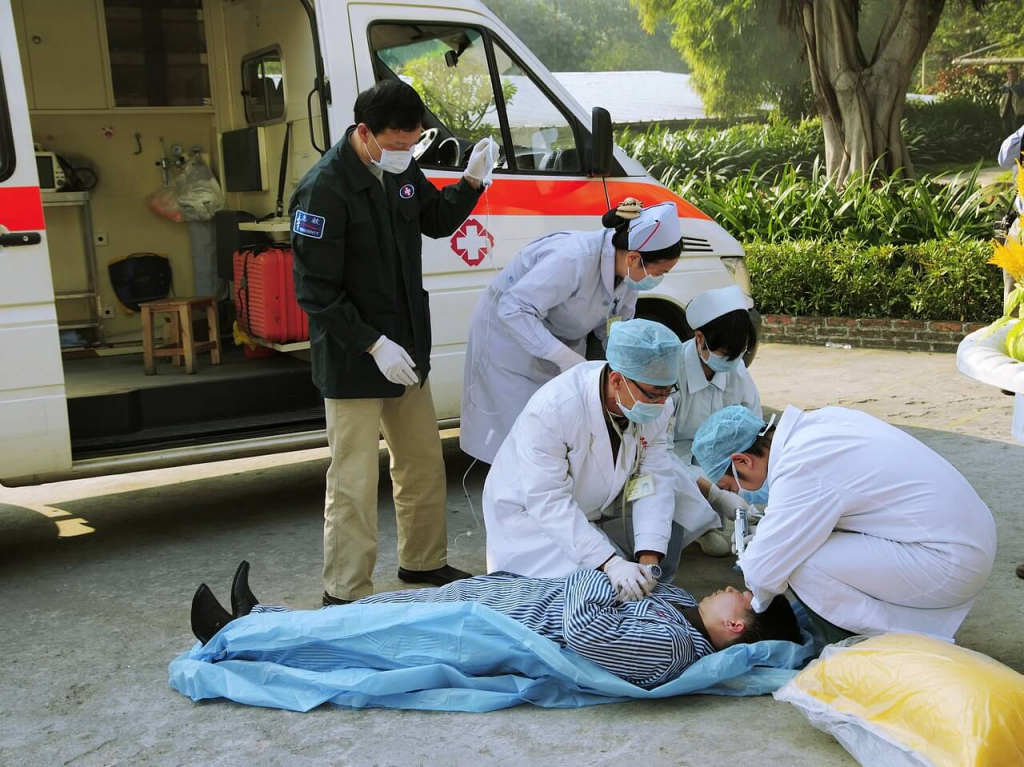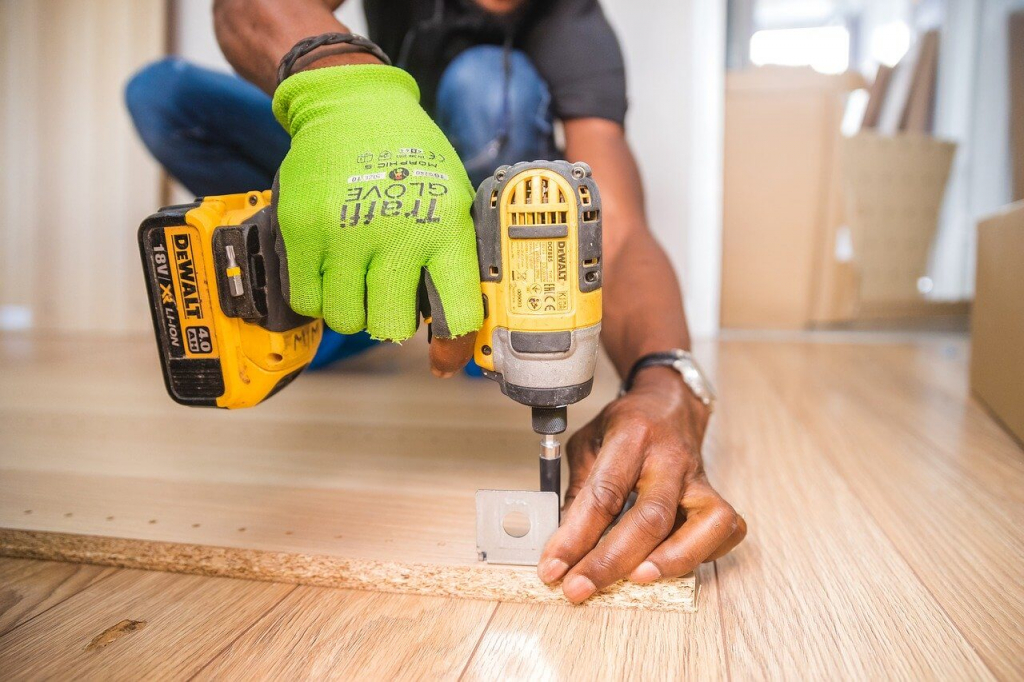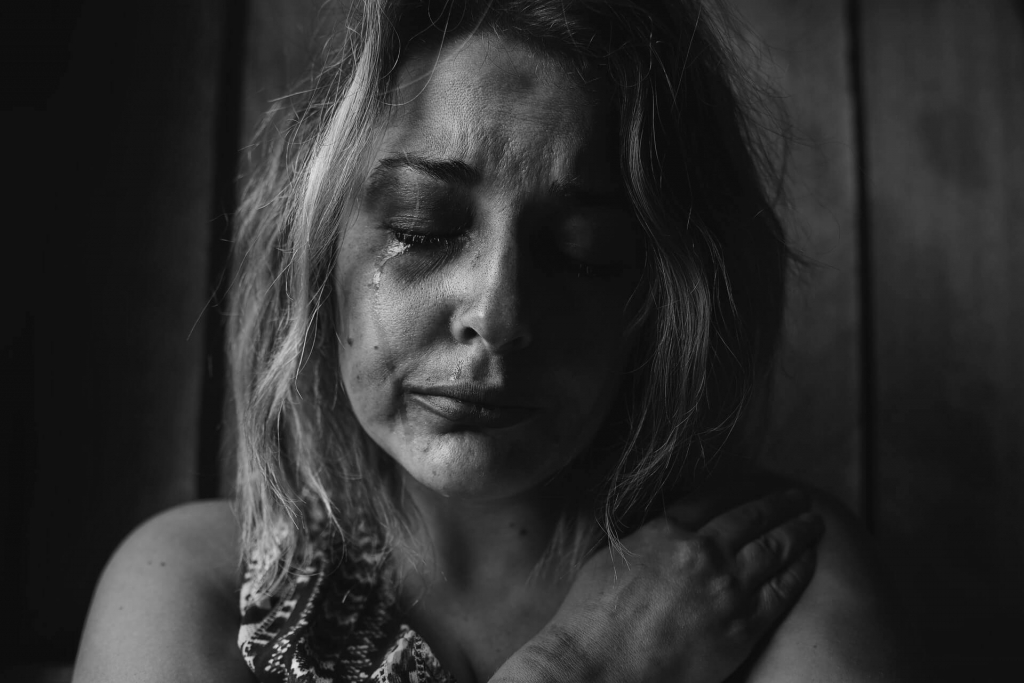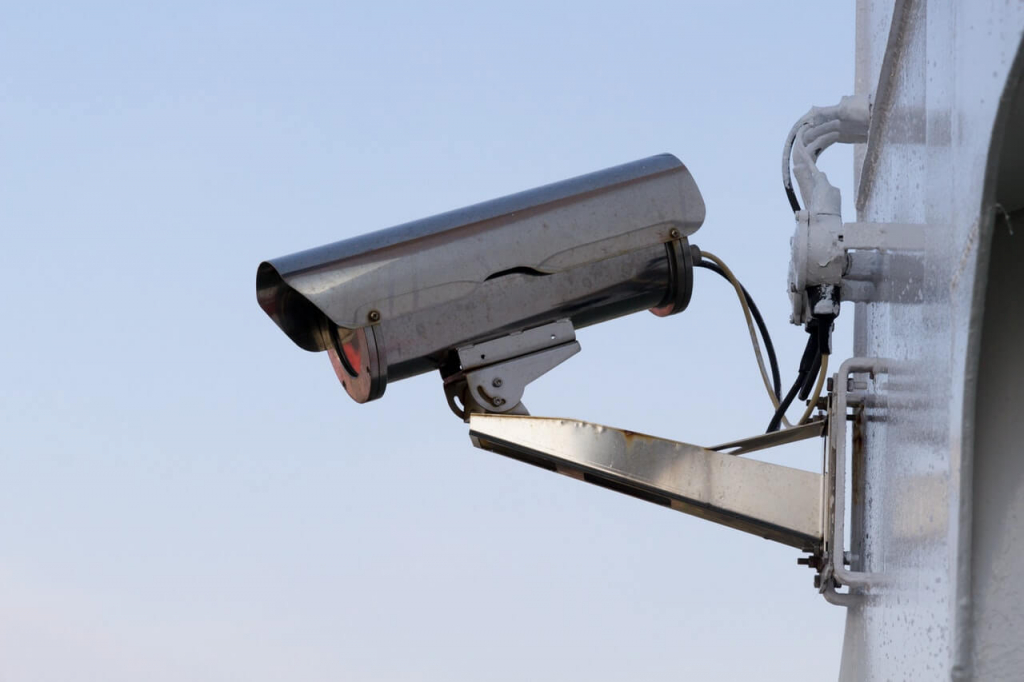If you are planning to invest in a property to start a rental housing business, let me tell you now that being a landlord is not an easy task. There are a lot of responsibilities involved and it’s certainly not for everyone.
It may take a long time to discuss all the responsibilities of a landlord so for now, allow me to simply focus on landlord liabilities.
Your tenants’ safety should be one of your top priorities. You should be able to provide them with a safe home. There several ways to ensure that your property is in good condition and decrease the chances of accidents.
However, accidents are still inevitable despite putting up security measures. So if they do happen, an investigation will be done to the area where it transpired in order to determine the probable cause. If they find out that it occurred because of your negligence, you might face legal consequences.

It would be helpful to make yourself aware of how landlord liability is determined so that you know the right measures to put in place in your rental property.
Injuries in the common areas
This will pertain to apartment buildings or multi-family properties since these buildings have common areas. Examples of these are lounge rooms, swimming pools, laundry rooms, and exercise studios. Elevators, stairwells, and parking areas can be considered as common areas as well.
Because there are a lot of people in these parts of the building, there is an increased likelihood that some accidents may happen. These rooms or areas are usually maintained by the landlord. If injuries occur in these parts, the landlord can be held liable. Of course, the main cause of the accident will still have to be identified.
The landlord is supposed to know any potential hazards
One of the duties of a landlord is to perform inspections now and then. Some do it annually and others do it quarterly. During these inspections, the landlord should be able to identify any factors that might cause harm to anyone.
Do not worry if you do not know how to do a proper inspection of certain areas that require a professional eye. For instance, you can contact your local fire department to help you check for any fire hazards.

The landlord did not carry out repairs
If you were unable to find anything that can pose a danger in the property, some of your tenants might. Allow them to submit a report if they find damages that may be potential safety hazards.
Once a report has been filed, you should act on it immediately. Some repairs might not need immediate action but still, do not wait for weeks before doing anything about it. For example, a tenant notices a loose screw on the lobby’s chandelier. You know that it might fall on someone and severely injure them. Get it fixed as soon as possible and while it is not yet repaired, close off that area.
Security measures
Tenant injuries are not just caused by cracked pavements or broken stairs. There are injuries caused by other people. I’m talking about criminal acts like physical assault that can occur within your premises. I know what you’re thinking: “how am I liable for something I did not do?”

Your liability will be determined based on the preventive measures that you have put in place to avoid these acts from happening. There are certain requirements mandated by the law that a landlord should have in his property to ensure the tenants’ safety. Some of them are:
- Installing cameras for surveillance
- Good lighting on parking areas and dark places inside the premises
- Hiring security to prevent any vandalism and theft
- Unit locks should be changed every time a new tenant moves in

Landlording may not be easy but it doesn’t mean you will not be able to do it either. Just make sure you have all aspects considered before jumping into the rental housing business.
So before you go on Padleads to create a listing and advertise it on other rental websites, make sure that you got rid of all safety hazards in your property and you are prepared to repair future damages that may lead to tenant injuries.